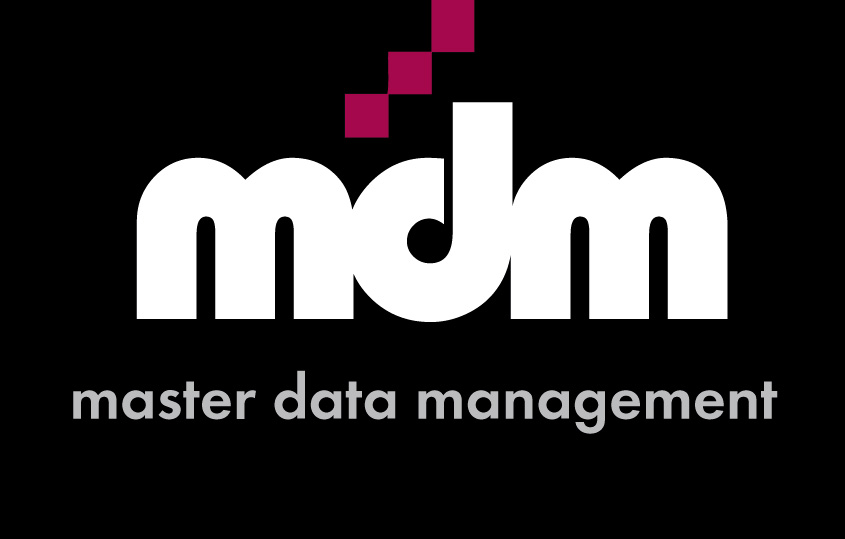In the ever-evolving landscape of technology and data management, it’s essential for Chief Information Officers (CIOs) and Chief Data Officers (CDOs) to stay ahead of the curve. As we embark on a new year, 2023 brings forth a slew of trends that will shape the strategies and decision-making processes of organizations. In this article, we delve into the major trends that CIOs and CDOs must plan for in 2023.

1. Hybrid Cloud Dominance: Balancing Cost and Flexibility
The year 2023 marks a continued drive for cost containment in organizations. Many companies are turning to cloud solutions to provide enhanced flexibility while keeping costs in check. However, the cloud isn’t a one-size-fits-all solution. Its suitability varies depending on factors such as data types, access frequencies, and data movements.
From a data management standpoint, it’s crucial for companies to unravel their complex data landscapes. This understanding is key to evaluating the impact of transitioning to the cloud and uncovering business logic embedded within the data layer. Mere “lift-and-shift” approaches often fall short of delivering value. Hence, reverse engineering existing data stores can uncover opportunities for performance optimization and enhanced insights.
Governance plays a pivotal role in this transition. Data must be classified based on access frequency to select cost-appropriate storage and access options. Moreover, consistent data access management across hybrid or multi-cloud environments can be streamlined through centralized, fine-grained access policies.
2. Moving Beyond Monolithic ERP to Composite Architectures
Over the years, businesses have heavily relied on mega-ERP applications from vendors like SAP and Oracle to run their core operations. However, these monolithic architectures are increasingly viewed as high-risk and inefficient. As organizations seek agility and efficiency, they are exploring specialist alternatives. According to Gartner, at least 50% of ERP clients will evaluate alternatives to upgrades of their existing ERP by the year 2024.
This shift towards a composite architecture is especially pronounced in companies looking to modernize their analytics capabilities. Adapting to composable ERP solutions requires a significant mindset shift. The challenge, however, lies in accessing and leveraging data outside these monolithic systems.
For organizations building advanced analytics capabilities, often in the cloud, it’s imperative to comprehend and share ERP metadata effectively. Tools like Safyr simplify the management of complex ERP and CRM metadata, making it accessible for reporting and analytics.
Master data strategies should also accommodate data shared between ERP systems and other specialized applications, particularly for customer, vendor, and employee data sets. As data flows across applications, understanding key roles and responsibilities and implementing cross-platform data integrity processes become paramount for maintaining data fitness for purpose.
3. Establishing a Data-Driven Culture
Moving beyond technology, BARC research on top BI trends shows that organisations are increasingly focused on becoming data-driven. This shift is evident in investments directed towards data management foundations, including data quality, data governance, and master data management.
The quest for better insights continues with ongoing investments in self-service Business Intelligence (BI), data discovery, and modernizing the data analytics stack. McKinsey’s research reveals that companies making data accessible to their entire workforce experience a substantial increase in the impact of analytics on revenue. Data leaders are prioritizing investments in single dashboards that facilitate data discovery, context, and access for all knowledge workers, resulting in productivity gains and improved data integrity.
Furthermore, data leaders are aligning data products with business outcomes. Investments in data management and analytics products are increasingly guided by their measurable impact on achieving business objectives.
Data governance remains critical in ensuring that the right stakeholders are involved in decision-making processes. Whether it’s prioritizing investments, enhancing agility through impact analysis, or managing access and data privacy while enabling analytics, effective data governance plays a pivotal role.
In conclusion, 2023 promises to be a year of significant change in the realm of data and technology. CIOs and CDOs need to proactively embrace hybrid cloud solutions, consider agile composite architectures, and foster a data-driven culture within their organizations. By staying ahead of these trends, businesses can position themselves for success in an increasingly data-centric world.

Leave a comment